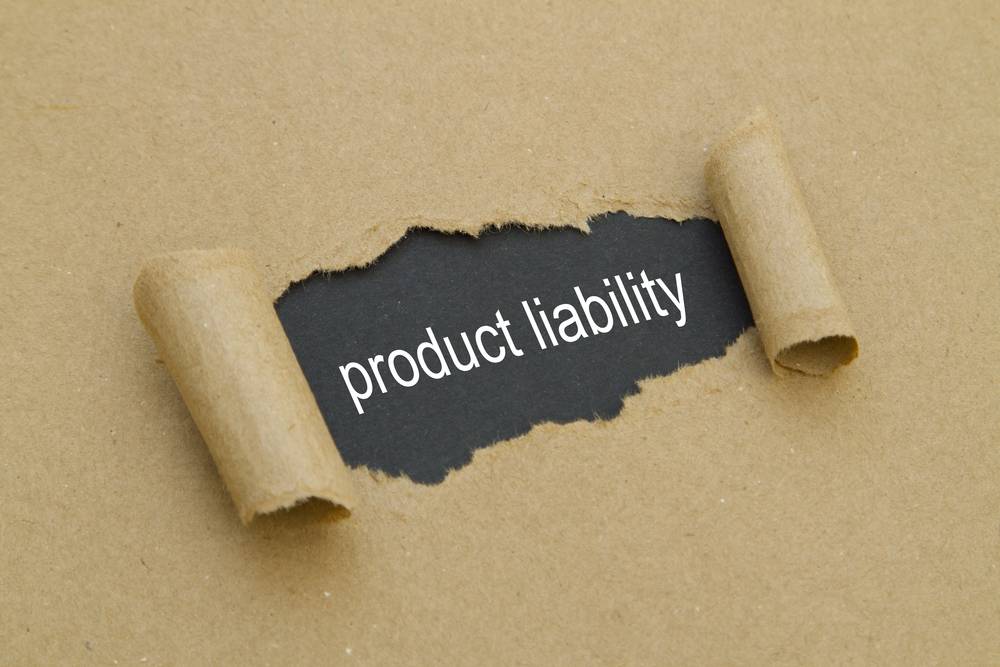There are several different types of product liability claims. In each case, a claimant must prove that a defective product caused the injury, or that the warnings were inadequate. A successful case can result in millions of dollars in damages or even a full refund for the product. Listed below are some examples of claims for defective products. Regardless of the cause, you should not be afraid to file a lawsuit. An experienced personal injury attorney can help. Call Dozier Law Firm for a consultation today.
A claim for a product liability case can be based on a faulty design. The design of a car can be dangerous, which is why a defective design case is so common. For example, a car with a top heavy seat is a defect-prone vehicle. In this scenario, the manufacturer of the product had no way to avoid the inherent danger associated with the item.
Another type of product liability case is a defective design claim. This type of claim refers to a product that was not designed correctly. This type of claim does not stem from manufacturing errors, but rather from the design of the product. An example of a product with a design defect is a pelvic mesh device that damages internal organs. A bad-designed SUV rolls over when a driver takes a curve. A poorly designed coffee maker can spray hot liquid on its users.

What are the types of claims for a wrongful death claim? This type of claim is based on an injury caused by a defective design. In other words, an injury must have been caused by the product’s intended use. The manufacturer’s negligence cannot be ruled out, but there must be a marketing defect for the product. The product must have a significant risk to the consumer.
A design defect claim is the same as a manufacturing defect claim. A manufacturing defect is a failure to meet the standards and specifications set by the designer. If a product was designed and manufactured with care, the manufacturer may be responsible for any foreseeable risk that is present in the design. The legal test for a design defect depends on state law and the product’s intended use. The claimant may need to hire a product liability expert to prove their case.
A design defect is when a product is faulty. A product that is deemed to be defective can cause a person to suffer from serious injury. A consumer’s negligence may also result in a consumer having to undergo a traumatic experience. A defective design can lead to a loss of life. The manufacturer can be held liable for any medical expenses incurred as a result of a product’s defect.